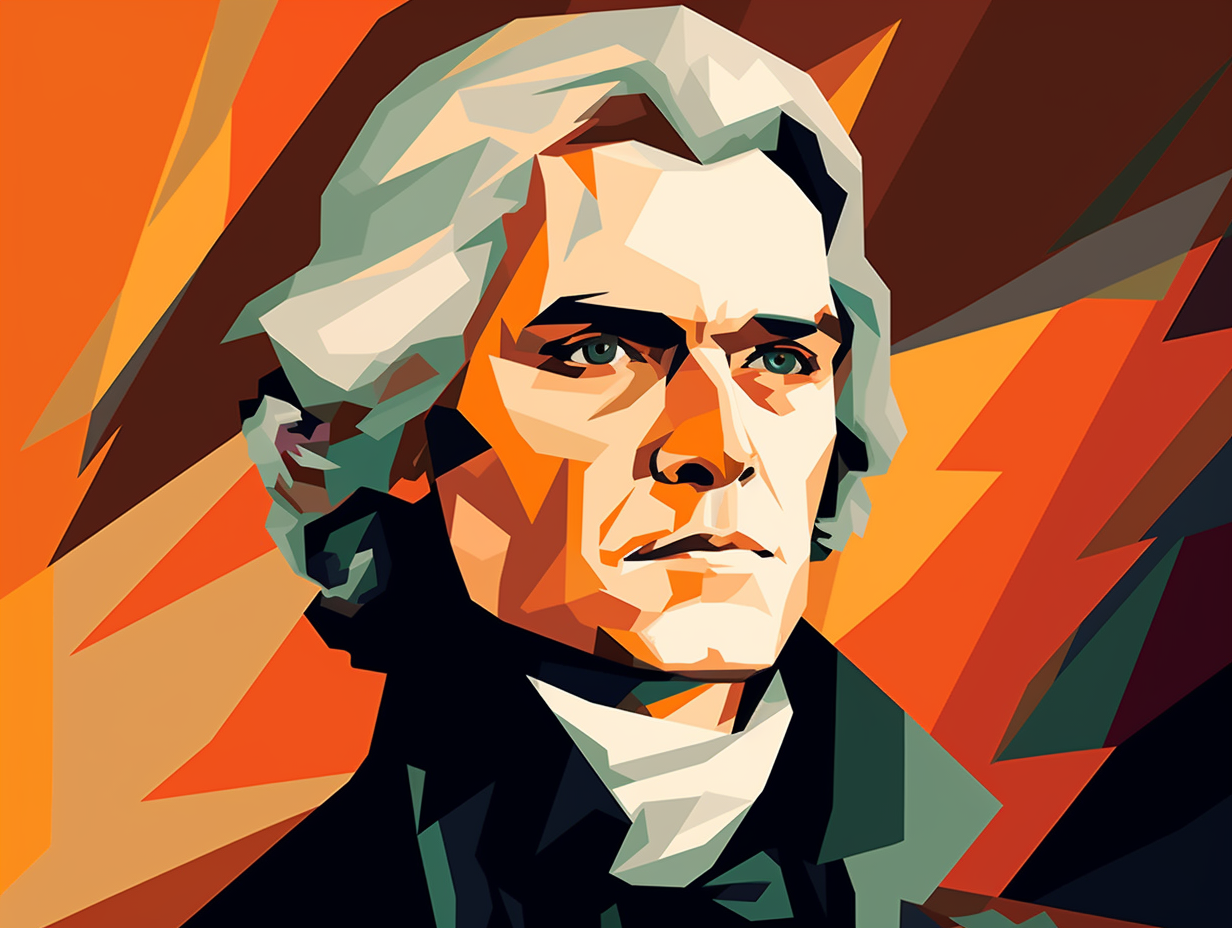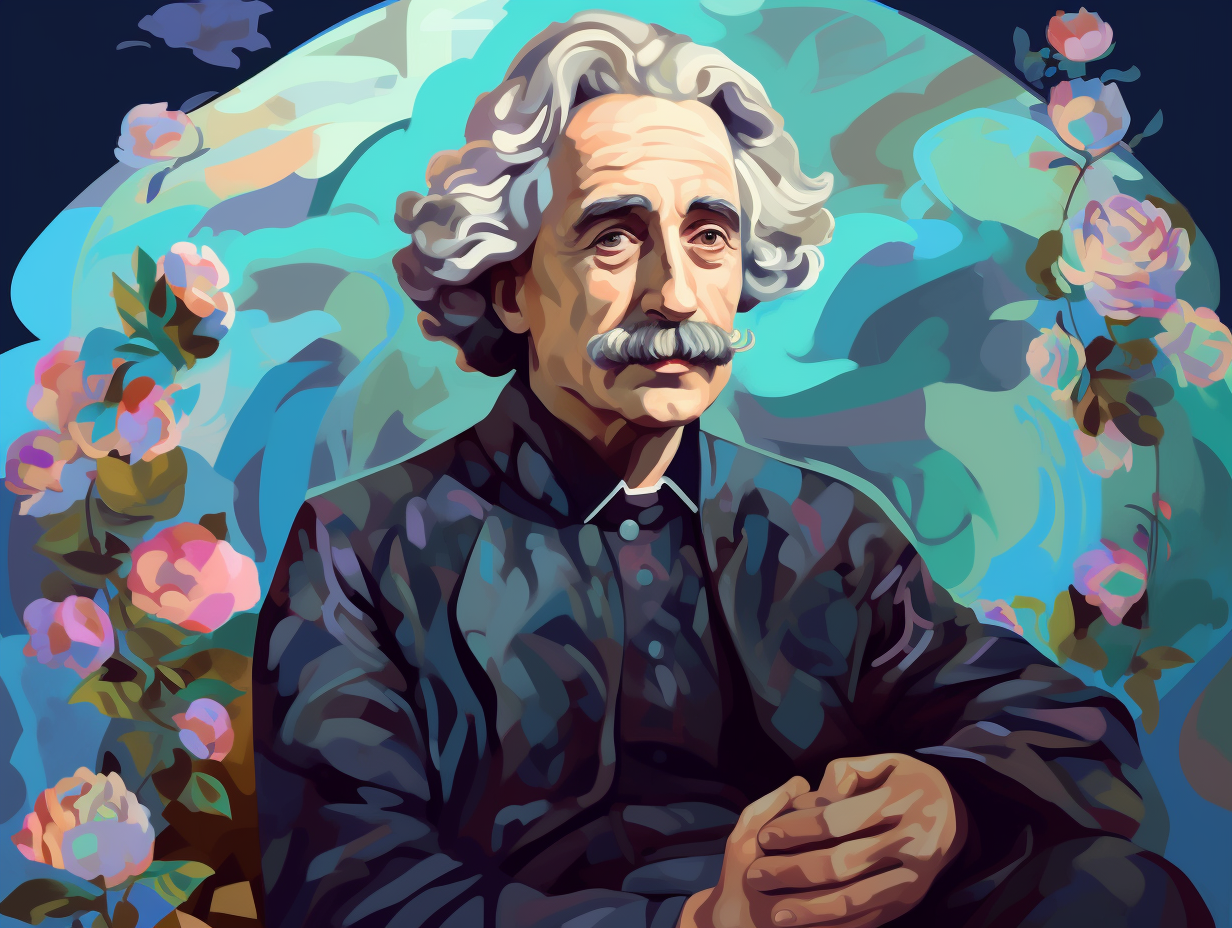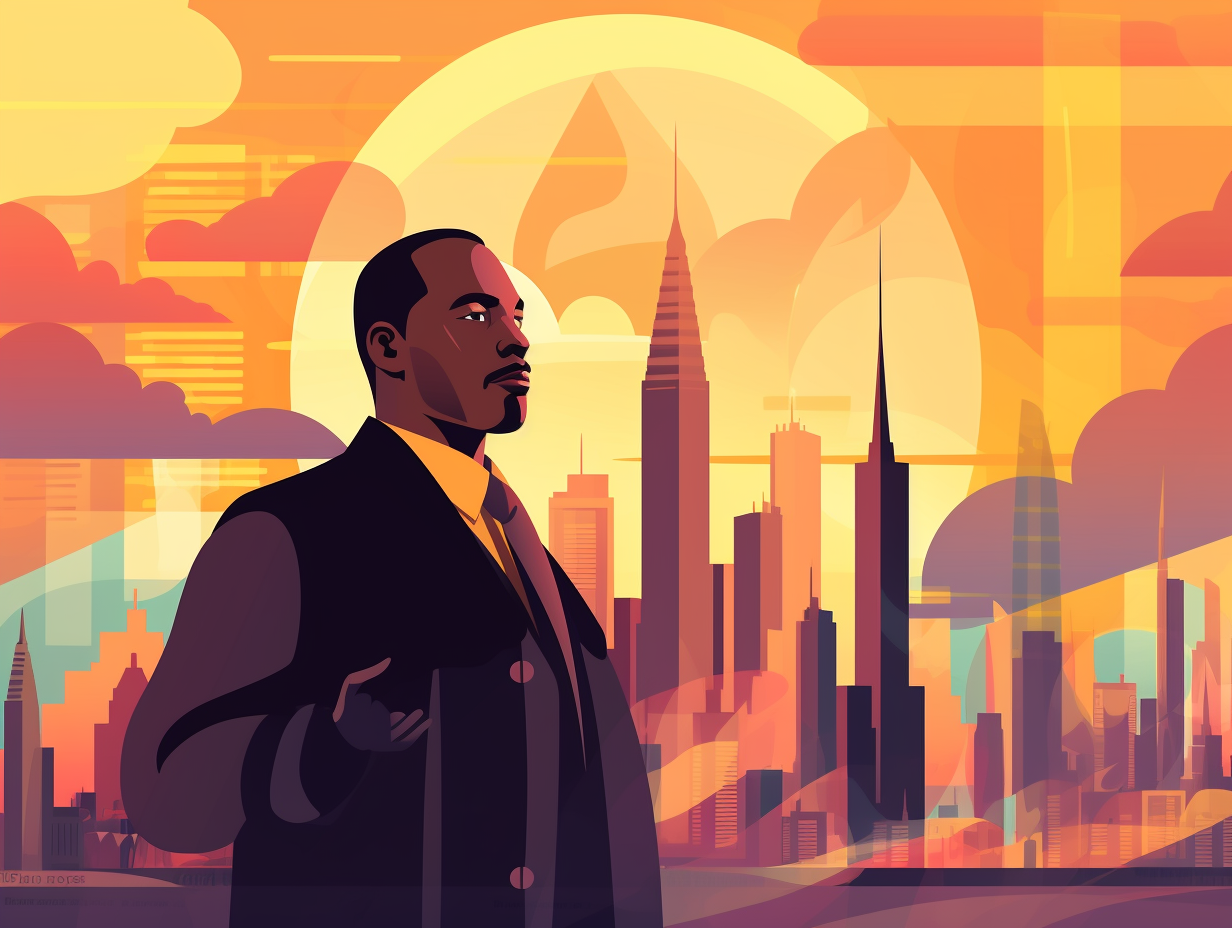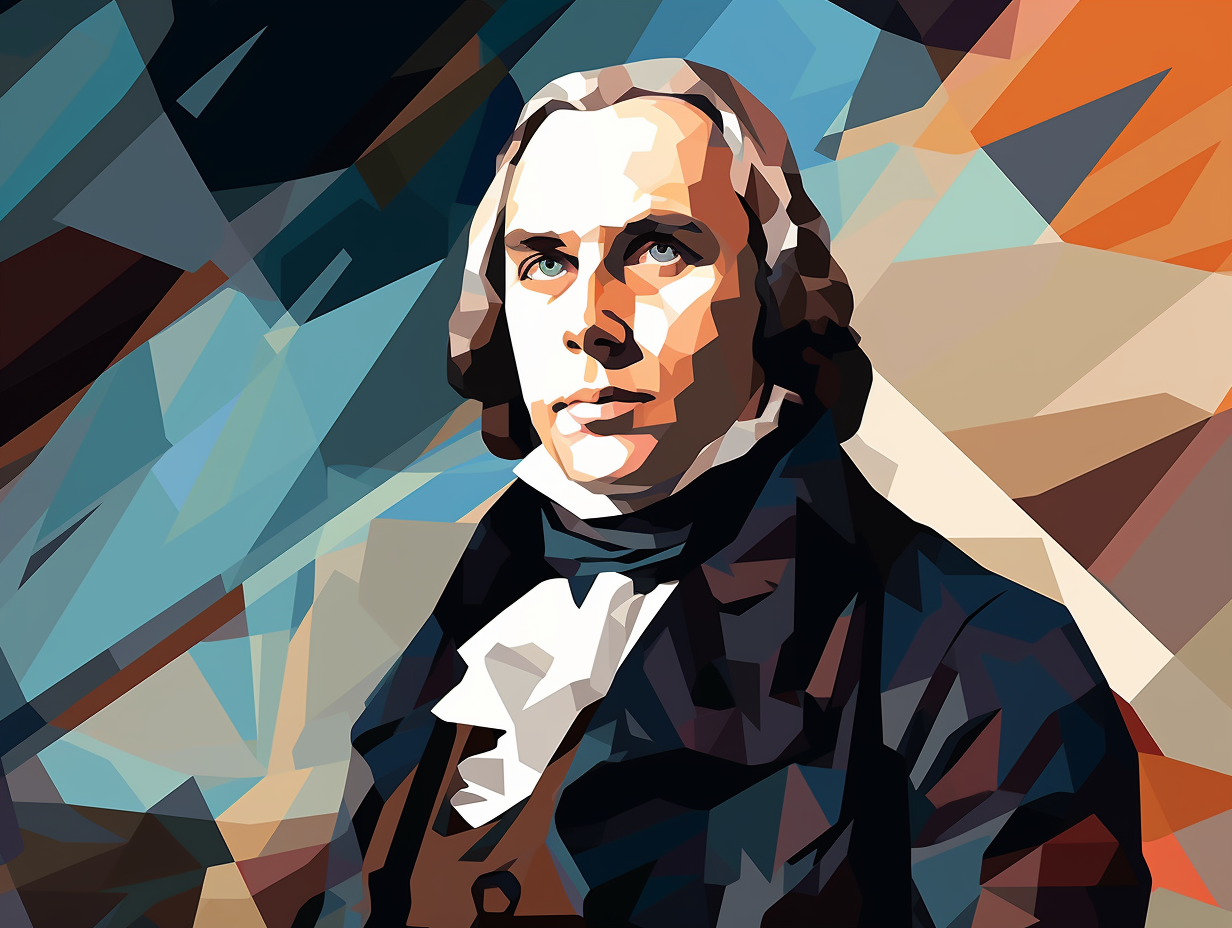Discover the Top 11 Fun Facts About History's Most Famous Figures: Surprising Secrets Revealed!
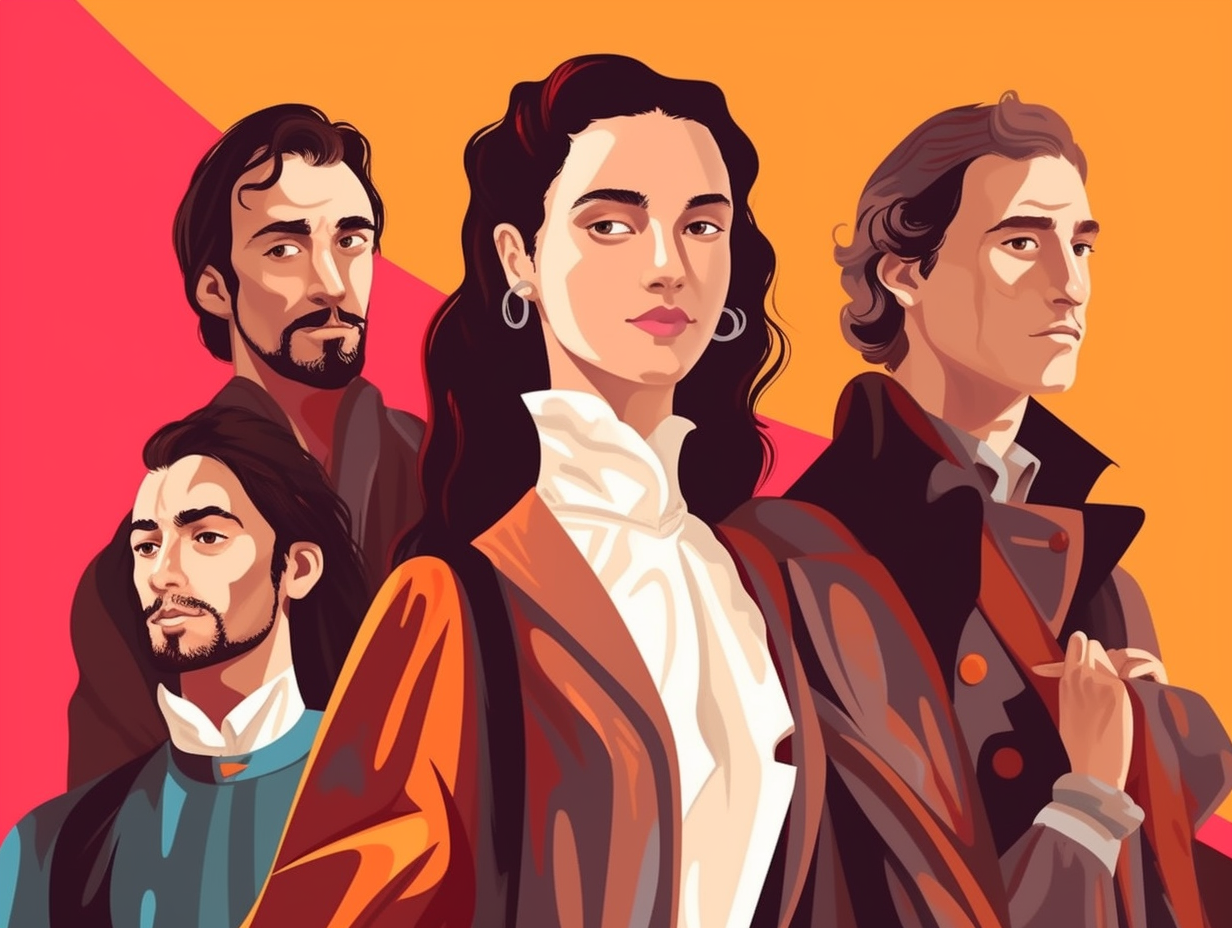
1. Cromwell's Head Adventures
Head's up, or rather down, for Oliver Cromwell's cranium had quite the topsy-turvy journey after his demise: After his death, Cromwell's head was displayed on a pole atop Westminster Hall until a storm removed and lost it in the late 1680s, only for it to eventually turn up in a private collection and be confirmed as the genuine article, now buried at Sidney Sussex College.
Source => en.wikipedia.org
2. Bell's 'Ahoy-hoy' Greeting
Ahoy, mateys! Prepare to have your landlubber minds blown by this telecom tidbit from the high seas of history: Alexander Graham Bell, inventor of the telephone, originally proposed 'Ahoy-hoy' as the standard telephone greeting, but popular culture steered the ship towards 'hello' after it appeared in telephone books' How To sections. However, Bell remained anchored to his preferred greeting, answering the telephone with 'ahoy' for the rest of his days.
Source => twilio.com

Did you know George Washington's famous dentures were far from wooden? Discover the surprising materials used in his peculiar pearly whites!
=> Fun Facts about George-Washington
3. Kafka: Insurance Guru
Before Franz Kafka gave us nightmarish existential tales to puzzle over, he served up protection for klutzy workers navigating the accident-prone world of early 20th-century Bohemia: Kafka spent 14 years working at the Workers' Accident Insurance Institute for the Kingdom of Bohemia, starting as an assistant and making his way up to Senior Secretary – handling a third of all accident policies in the monarchy, and mastering the ins-and-outs of industrial insurance during his tenure, despite being a Jewish employee in a time of woefully limited opportunities.
Source => kafkamuseum.cz
4. Napoleon's Height Debunked
It turns out the great Napoleon Bonaparte wasn’t as petite as he was pocket-sized in personality: Despite commonly being considered rather vertically challenged, good old Napoleon was actually about 5 feet 7 inches tall, notably taller than the average French male of his time. The oft-repeated short stature myth likely arose from a conflation of different measuring systems, with French units listing him at 5 feet 2 inches. As for his nickname, "Le Petit Caporel" or "The Little Corporal," it was a term of endearment from his followers, with not a smidgen of disparagement for his height.
Source => todayifoundout.com

5. Revere's Heavy Metal Gig
Before the midnight rider galloped into meme history yelling, "The British are coming!": Paul Revere sported a rather heavy metal day job as a sheet copper manufacturer. His Canton rolling mill supplied key components to the likes of the USS Constitution and the dome of Massachusetts' statehouse – a shining example of early American industry and craft.
Source => bostonteapartyship.com
6. Einstein's Sockless Style
Albert Einstein may not have invented casual Fridays, but he certainly had a leg up with his sartorial decisions: Our favorite genius frequently sported high boots to every occasion and never wore socks, claiming his big toe always managed to break through them, though there's no truth to the notion that he couldn't tie his own laces.
Source => abc.net.au
7. Babe Ruth's Hot Dog Diet
Talk about a fast food legend! Babe Ruth, the Sultan of Swig, put hot dogs and beer in the Hall of Fame just by making them his daily meals: Ruth's nutritionist discovered a substantial amount of plaque in his arteries after he passed away at 53, mostly from his hot dog and beer-based diet. Yet, this culinary concoction couldn't stop him from smashing 714 home runs in his illustrious career. And no, there's no proof he supplemented his diet with chocolate.
Source => bleacherreport.com
8. Edison's Fart Machine
Whoever smelt it was indeed baffled: Thomas Edison, the great inventor, had quite the penchant for playing pranks on his unsuspecting guests, with one of his favorites involving a concealed "fart machine" beneath his desk. But even as he delighted in spreading aromatic japes, Edison's serious side led him to revolutionize history as a pioneer in electrical technology.
Source => calnewport.com
9. Washington's Hippo Dentures
Chomping down on history with a penchant for toothy innovation: George Washington's famous dentures weren't the stuff of wooden fairy tales but rather a fabulous concoction of hippopotamus ivory, metal, and teeth sourced from the not-so-willing mouths of enslaved individuals. With at least four sets to his name, our President made sure no wooden smile would grace the annals of American portraiture.
Source => en.wikipedia.org

10. Dr. Seuss's Bug Spray Days
Before he was speaking for the trees and dishing out oddly tinted breakfasts, Dr. Seuss had another claim to fame, one that might have left him bugging out with remorse: As an influential advertising cartoonist, Geisel created the iconic Flit bug spray campaign for Standard Oil, complete with the catchy phrase "Quick, Henry, the Flit!" which ran for 17 years. Some speculate that his time peddling pesticides could have influenced the pro-environmental themes found later in "The Lorax."
Source => cagle.com
11. Rowling's Muggle Struggles
Before she put a spell on the world with Hogwarts, J.K. Rowling was cooking up more than potions as a struggling, single muggle-mom on the infamous Dole: Unbeknownst to many, this proud witch-in-disguise relied on the magic of Britain's public benefits system while working a few hours a week at a church in Edinburgh, which eventually led her to conjure the fantastical phenomenon known as the Harry Potter series.
Source => marketwatch.com
Related Fun Facts


